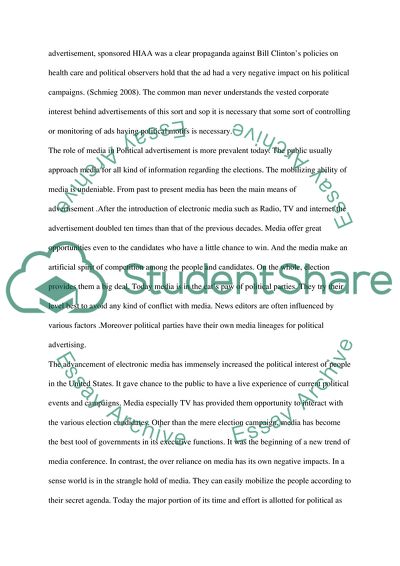Cite this document
(Pros and Corns in Political Campaign Term Paper, n.d.)
Pros and Corns in Political Campaign Term Paper. Retrieved from https://studentshare.org/media/1718704-should-political-advertising-be-regulated
Pros and Corns in Political Campaign Term Paper. Retrieved from https://studentshare.org/media/1718704-should-political-advertising-be-regulated
(Pros and Corns in Political Campaign Term Paper)
Pros and Corns in Political Campaign Term Paper. https://studentshare.org/media/1718704-should-political-advertising-be-regulated.
Pros and Corns in Political Campaign Term Paper. https://studentshare.org/media/1718704-should-political-advertising-be-regulated.
“Pros and Corns in Political Campaign Term Paper”, n.d. https://studentshare.org/media/1718704-should-political-advertising-be-regulated.


